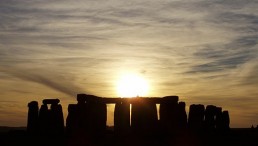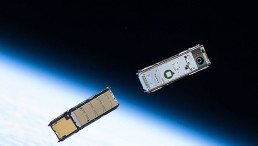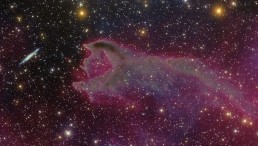Hubble Space Telescope
How ‘Gravitational Lensing’ Made One Supernova into Four—‘Einstein Cross’
Three Moons Cast Shadow on Striped Gas Giant—Jupiter
NASA Researchers Resolve Every Star in New Panoramic View of Andromeda
NASA Researchers Resolve Every Star in New Panoramic View of Andromeda
Hubble’s New View of the ‘Pillars of Creation’
Most Popular

Anavex Life Sciences Alzheimer's Treatment Brings Hope to Millions

Ultra-Processed Foods Linked to Shorter Lifespan, Study Reveals; How Dangerous Are They?

200-Pound Alligator Snapping Turtle Caught and Released After Taking a Kentucky Angler’s Bait
![Anger Could Lead to Blood Vessel Dysfunction, Increase Risk of Heart Problems [Study]](https://1721181113.rsc.cdn77.org/data/thumbs/full/53500/89/56/50/40/anger-could-lead-to-blood-vessel-dysfunction-increase-risk-of-heart-problems-study.jpg)
Anger Could Lead to Blood Vessel Dysfunction, Increase Risk of Heart Problems [Study]




![Venus Lost Water and Dried Out Due to Chemical Reaction HCO+ Dissociative Recombination [Study]](https://1721181113.rsc.cdn77.org/data/thumbs/full/53493/258/146/50/40/venus-lost-water-and-dried-out-due-to-chemical-reaction-hco-dissociative-recombination-study.jpeg)
